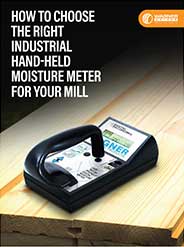Eliminate 80% of Woodworking Problems

Perhaps the biggest challenge facing all woodworkers is wood’s natural tendency to swell or shrink when exposed to changes in relative humidity (RH) and temperature. This “wood movement” is wood’s attempt to equalize with the humidity in its environment.
When “wood movement” does occur, such as with wood absorbing (or losing) moisture, the wood expands (or contracts) and changes shape. This can cause problems after a project is completed, such as a tabletop cracking, drawers sticking, or glue joints breaking.
Most woodworkers want the bulk of that expansion and change of shape to occur before they start working on it. To help them know when the wood is ready – that is, reached a state of equilibrium with its environment – more woodworkers today are using moisture meters.
 View our most popular moisture meter – the Wagner Meters MMC220
View our most popular moisture meter – the Wagner Meters MMC220
The MMC220 Moisture Meter is ideal for measuring wood moisture in all wood species; from rare tropical species to the more common softwoods and hardwoods. User-programmable species settings.
Moisture meters help prevent a variety of moisture-related problems, such as the ones identified below:
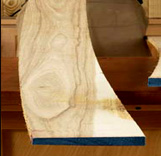 Warping
Warping
Wood warping (a moisture-related problem) is basically any defect in wood that distorts its shape so that it’s not flat. There are four ways wood may be warped: it could be cupped, bowed, sprung, or twisted.
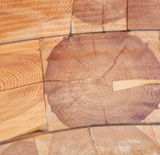 Cracking
Cracking
Wood cracking (also called checking) can occur for several reasons, including changes in moisture content. If moisture gets into the cracks, it soaks deeper into the wood, causing even greater expansion and contraction forces that cause the cracks to get deeper and wider.
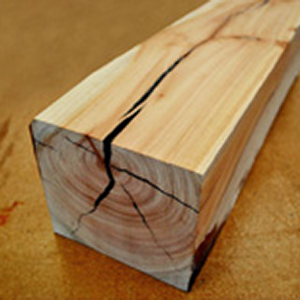
Splitting
Wood splitting (separations in the wood grain) can occur for several reasons, including changes in moisture content. Splitting occurs when the environment is drier (or wetter) than the MC to which the lumber was dried.
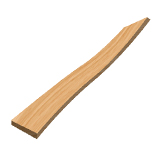
Twists
Twists, a type of wood warping, occurs when the opposing pairs of diagonal corners of a board are not in the same plane. In other words, a twisted board curves in length and width, and is shaped like a propeller.
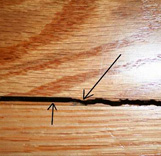 Shrinking
Shrinking
When the air surrounding wood is dry, the wood loses moisture and shrinks in size. Shrinking causes many problems, including joints opening up, unsightly splits developing, corner blocks fitting poorly, and mated parts fitting together poorly.
 Swelling
Swelling
When the air surrounding wood is very moist, the wood gains moisture and increases in size. Swelling causes joints to fracture or doors and drawers to stick.
According to acclaimed wood expert Dr. Gene Wengert, President of The Wood Doctor’s RX, LLC, and Professor Emeritus at the University of Wisconsin-Madison, the cost of hardwood has gone up significantly in recent months, and he predicts it will continue to be high for at least the next few years.
This makes moisture-related problems even more expensive.
Fortunately, Wagner Meters has the solution to avoiding these costly mishaps.


